Sacsayhuamán, a monumental Inca fortress nestled in Cusco, Peru, stands as one of the most awe-inspiring structures of the ancient world. Built under the reign of Emperor Pachacútec in the 15th century, this architectural marvel was the labor of over 20,000 workers, who transported colossal stone blocks, some weighing up to 125 tons, from quarries located 20 kilometers away (12.43 miles). Though only 40% of its original structure remains today, its grandeur continues to evoke wonder and intrigue: How did the Incas achieve such flawless precision in assembling these massive stones without modern tools? This enduring mystery, coupled with its sheer majesty, cements Sacsayhuamán as an unmissable destination for history buffs, archaeology enthusiasts, and adventure travelers alike, solidifying its status as one of Peru’s most iconic and enigmatic landmarks.
Location & Access
Where is Sacsayhuamán located?
Just 2 km (1.24 miles) from Cusco’s Plaza de Armas, at an altitude of 3,700 meters (12,100 feet), this ancient fortress crowns a breathtaking hill surrounded by towering Andean peaks.
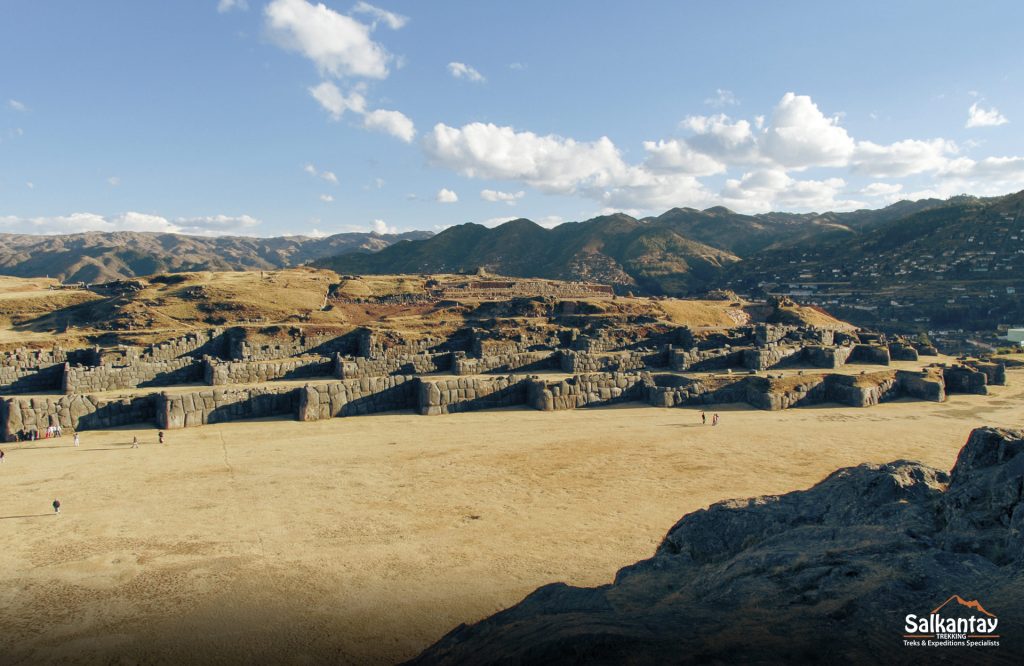
How to Get to Sacsayhuamán from Cusco’s City Center?
Reaching Sacsayhuamán from downtown Cusco is quick, easy, and adaptable to all types of travelers. Below are the best options to visit this awe-inspiring archaeological site:
1. Walking from Plaza de Armas
The most popular way to reach Sacsayhuamán is on foot. From Plaza de Armas, follow Resbalosa Street or Arco Iris Street. The uphill hike takes 30–45 minutes and rewards you with spectacular panoramic views of Cusco. Ideal for urban trekkers and those looking to acclimatize to the altitude.
Recommended for: Active travelers.
2. By Taxi from Downtown
For a convenient and time-efficient option, take a taxi from Cusco’s historic center. The ride lasts 10–15 minutes (depending on traffic) and drops you off right at the site’s entrance. Average cost: 10–15 soles ($3–4 USD).
Recommended for: Families, seniors, or travelers short on time.
3. On a Guided Tour
Many organized tours from Cusco, such as the classic City Tour, include Sacsayhuamán as part of a circuit that also features Qenqo, Puka Pukara, and Tambomachay. This option is perfect for delving into the site’s history, archaeology, and Andean cosmology with an expert guide.
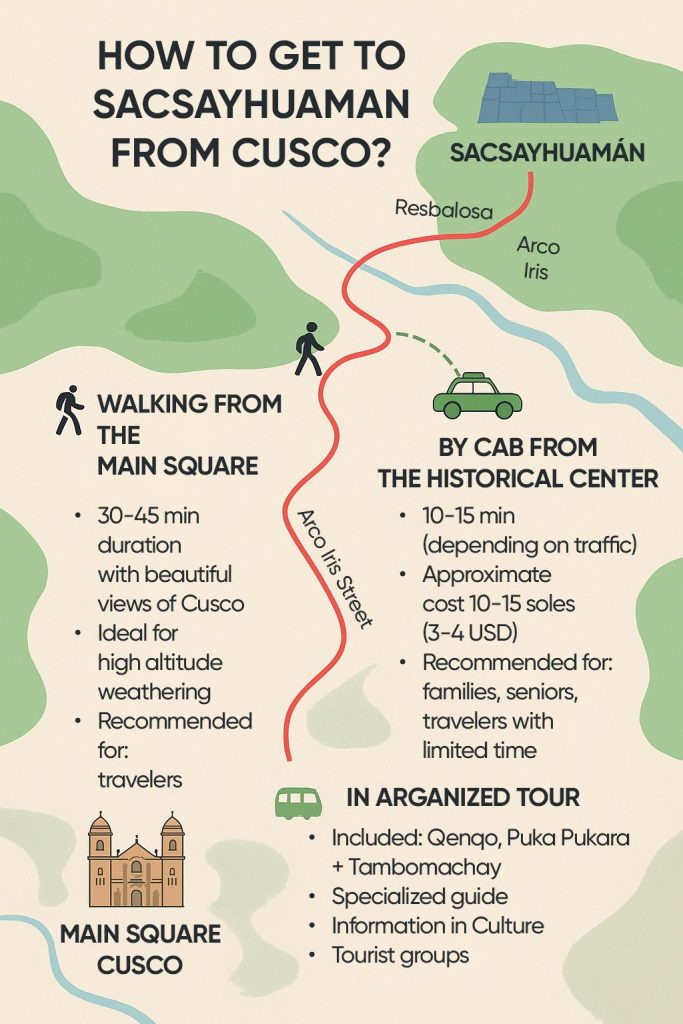
Meaning & History
What does the name Sacsayhuamán mean?
The name Sacsayhuamán derives from Quechua and translates to:
| “Satisfied Falcon” | |
|---|---|
| From saqsay, “satiated” or “content” | y waman, “falcon” |
This profound meaning is deeply rooted in Andean cosmology. In Andean belief, the falcon (waman) was a sacred bird associated with the sky, vigilance, and the upper world (Hanan Pacha). The name likely evokes the image of a falcon watching over and protecting the city of Cusco from above, perfectly content and in harmony with its surroundings. These qualities align seamlessly with Sacsayhuamán’s strategic perch, which dominates Cusco from its elevated vantage point.
The History of Sacsayhuamán
Sacsayhuamán stands as one of the most extraordinary archaeological complexes in the Americas, a testament to the Inca Empire’s architectural mastery and spiritual grandeur. Its history unveils the ancestral wisdom of the Incas, the devastating impact of the Spanish conquest, and its enduring legacy in the modern world.
| Origins and Construction of Sacsayhuamán | Sacsayhuamán and the Spanish Conquest. | Sacsayhuamán in the Modern Era |
|---|---|---|
| The construction of Sacsayhuamán began under the reign of Pachacútec, the visionary ruler who transformed the Tahuantinsuyo, also known as the Inca Empire. His son, Túpac Yupanqui, and grandson, Huayna Cápac, oversaw its continuation, a monumental endeavor that spanned over 50 years and required the labor of thousands of workers from across the empire. | During the Spanish invasion, Sacsayhuamán became the stage for the 1536 uprising led by Manco Inca, who briefly reclaimed the fortress in a fierce rebellion. However, the Spanish eventually seized control due to their strategic dominance over Cusco.During the colonial era, the Spanish dismantled much of Sacsayhuamán and repurposed its stones to build churches and mansions in their new city. Only the gigantic foundation walls remained, too immense to be moved. This plunder left just 40% of the original structure intact; yet, even in ruins, its scale awes visitors today. | Recognized as a National Cultural Heritage site, Sacsayhuamán is now one of Cusco’s crown jewels. Each year on June 24th, it hosts the Inti Raymi (Festival of the Sun), a vibrant reenactment of the Incas’ most sacred ceremony, drawing thousands of spectators. |
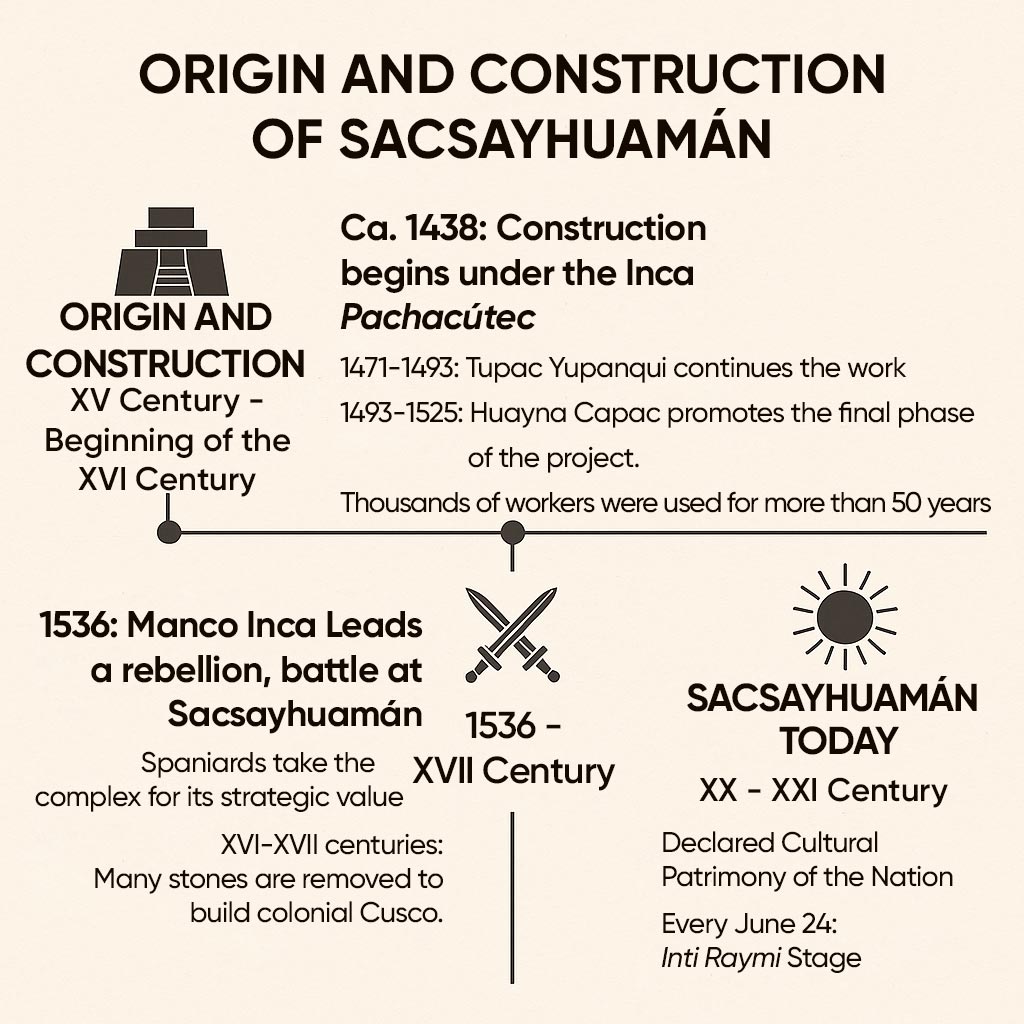
The Architecture of Sacsayhuamán
Recognized as a UNESCO World Heritage Site, the awe-inspiring archaeological complex of Sacsayhuamán stands as one of the most monumental achievements of the Inca Empire, surpassing even Machu Picchu in scale, according to the chronicler Garcilaso de la Vega.
This sacred sanctuary features colossal, zigzagging walls constructed from monumental stone blocks that reach up to 5 meters (16.40 feet) in height and weigh an astonishing 125 tons. This engineering marvel continues to perplex experts worldwide. The complex showcases ceremonial shrines, defensive towers, sophisticated hydraulic systems, and precisely terraced platforms, all harmoniously integrated into a geometrically perfect sacred landscape. Strategically perched above Cusco, Sacsayhuamán served not only as a military fortress but also as a pivotal religious and astronomical center for the Incas. This multifaceted grandeur, blending architectural genius with spiritual significance, solidifies its status as an essential destination in Peru for connoisseurs of history, architectural mastery, and ancient mysteries.
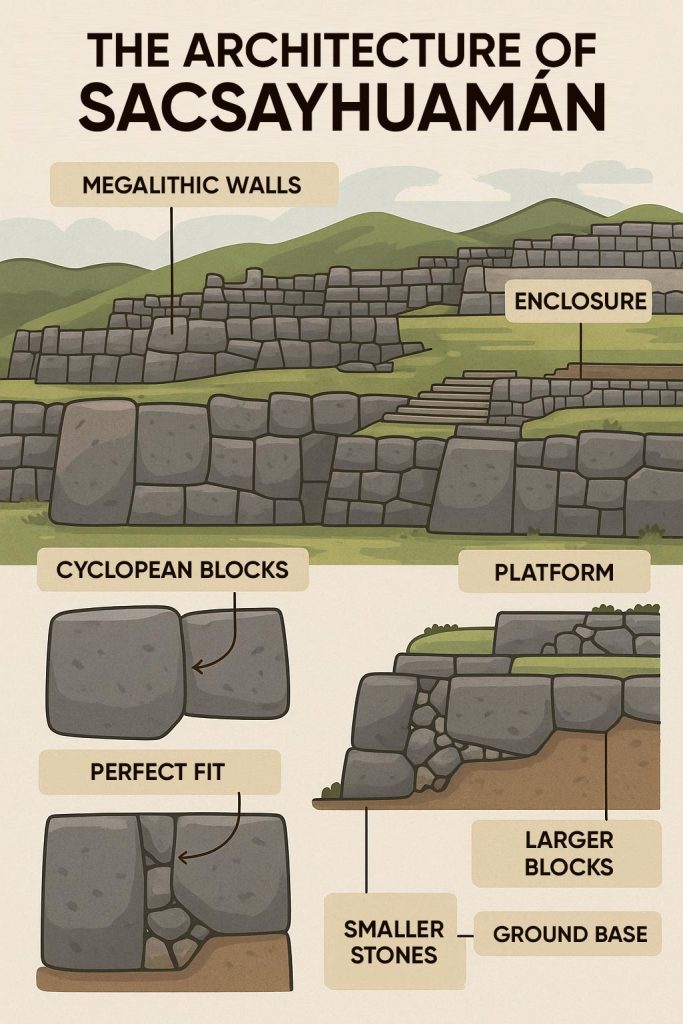
The Construction of Sacsayhuamán
The construction of Sacsayhuamán, one of the most impressive archaeological complexes in the Andes, was initiated during Emperor Pachacútec’s reign in the 15th century, expanded by Túpac Yupanqui, and completed under Huayna Cápac, representing three generations of imperial Inca vision. This monumental complex served as a multifaceted testament to Inca power, combining religious, military, administrative, and symbolic functions in its majestic stone architecture, while fulfilling its role in the more significant project to establish Cusco as a sacred capital.
Restoration and Transformation
Colonial Era: Following the Spanish conquest, significant portions of Sacsayhuamán were systematically dismantled, with its monumental stones repurposed for the construction of Cusco’s colonial churches and civic buildings. This era resulted in the irreversible loss of approximately 60% of the original structure.
Modern Era: In the 20th century, Peru’s National Institute of Culture (now under the Ministry of Culture) led comprehensive preservation efforts at the site, meticulously stabilizing archaeological structures, partially reconstructing ceremonial platforms, and conserving the iconic zigzag fortifications all following rigorous heritage protocols to maintain the site’s authenticity while ensuring its structural integrity for future generations.
Sacsayhuamán’s Must-See Attractions
If you’re planning a trip to Cusco, Sacsayhuamán is an unmissable highlight of your itinerary. This awe-inspiring Inca ceremonial complex stands as one of Peru’s most extraordinary archaeological wonders. Here’s your ultimate guide to what makes this site a must-visit for every traveler exploring Cusco.
1. The Cyclopean Walls: A Marvel of Inca Engineering
Sacsayhuamán’s zigzagging megalithic walls are its most iconic feature. The Inca built this structure with massive stone blocks (some weighing over 120 tons), demonstrating their extraordinary engineering skills. The structure showcases the Incas’ extraordinary engineering skills. These structures fit together with millimeter precision, without the use of mortar. Scholars believe they may symbolize the three realms of Andean cosmology: Hanan Pacha (the upper world), Kay Pacha (the earthly plane), and Ukhu Pacha (the underworld).
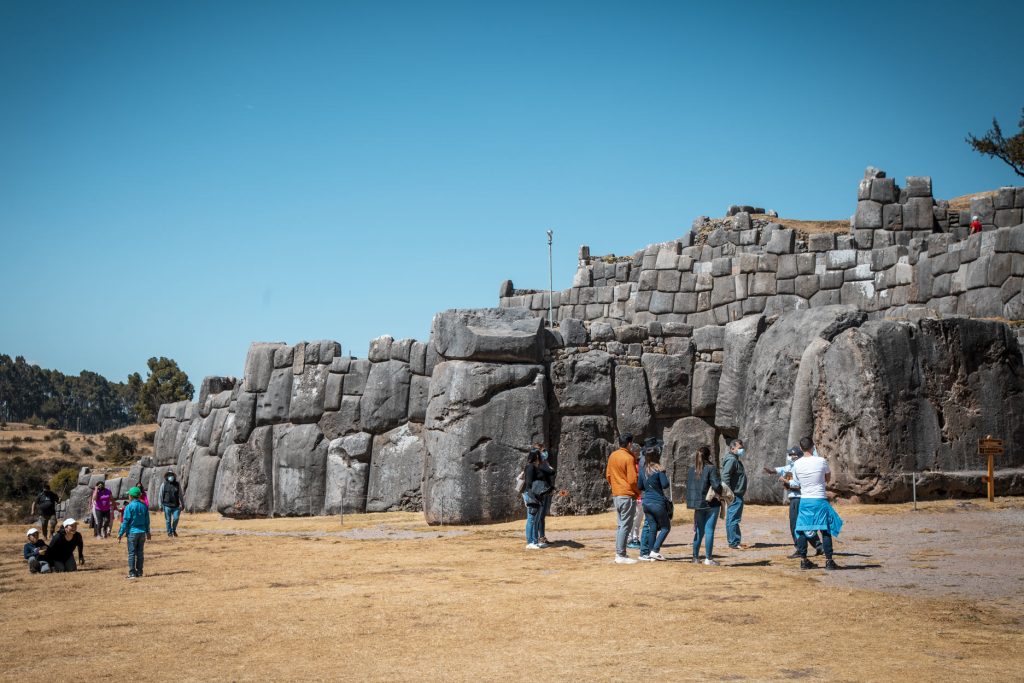
2. The Main Esplanade and the Inti Raymi
This vast open space served as the stage for religious rituals and military ceremonies. Every June 24th, it becomes the heart of Inti Raymi, the Festival of the Sun, one of the most significant events on Cusco’s tourism calendar. Witnessing it in person is an unforgettable experience.

3. The Rodadero (Suchuna)
This natural rock formation, smoothed by time and known as “the Rodadero” (or Suchuna), is both a playful and photogenic attraction. Once used as a recreational area by the Incas, it continues to captivate visitors of all ages today.
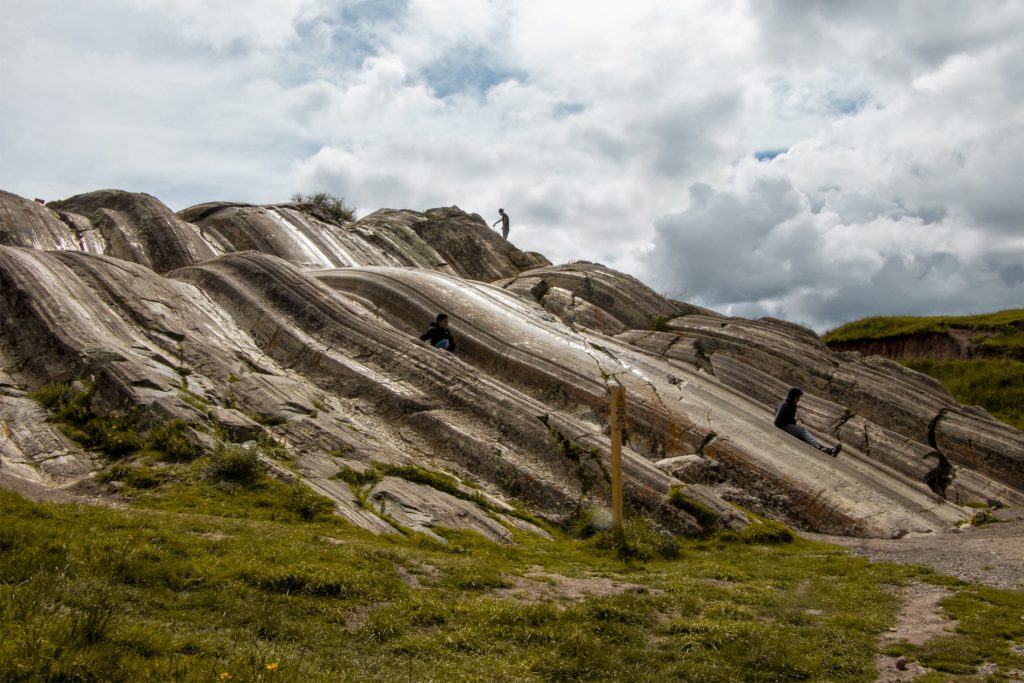
4. The Towers: Muyuq Marka, Sallaq Marka y Paucarmarka
Though only their foundations remain, these towers once served astronomical, defensive, and ceremonial purposes. Muyuq Marka, with its circular structure, is also believed to have functioned as a solar observatory, making it a must-see for travelers drawn to Andean mysticism and the study of ancient astronomy.
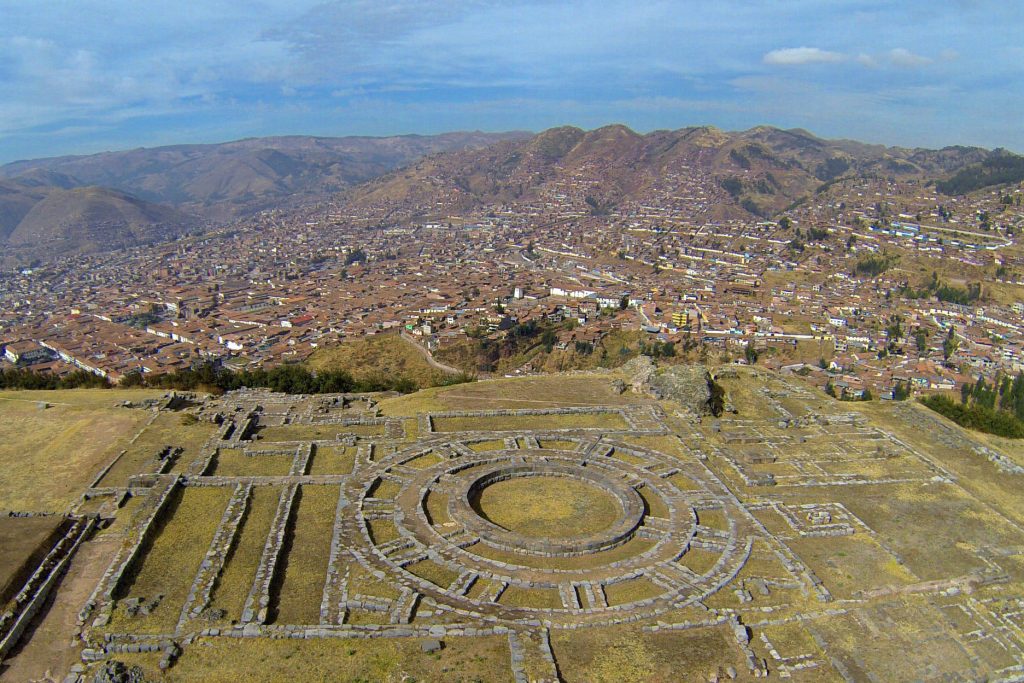
5. La Chincana: The Mysterious Tunnels
Venture into the big Chincana, an intricate network of underground passages that deepens the enigma of this sacred site. Legend has it that many have lost their way within its labyrinthine depths. Exploring with a local guide is highly advised.
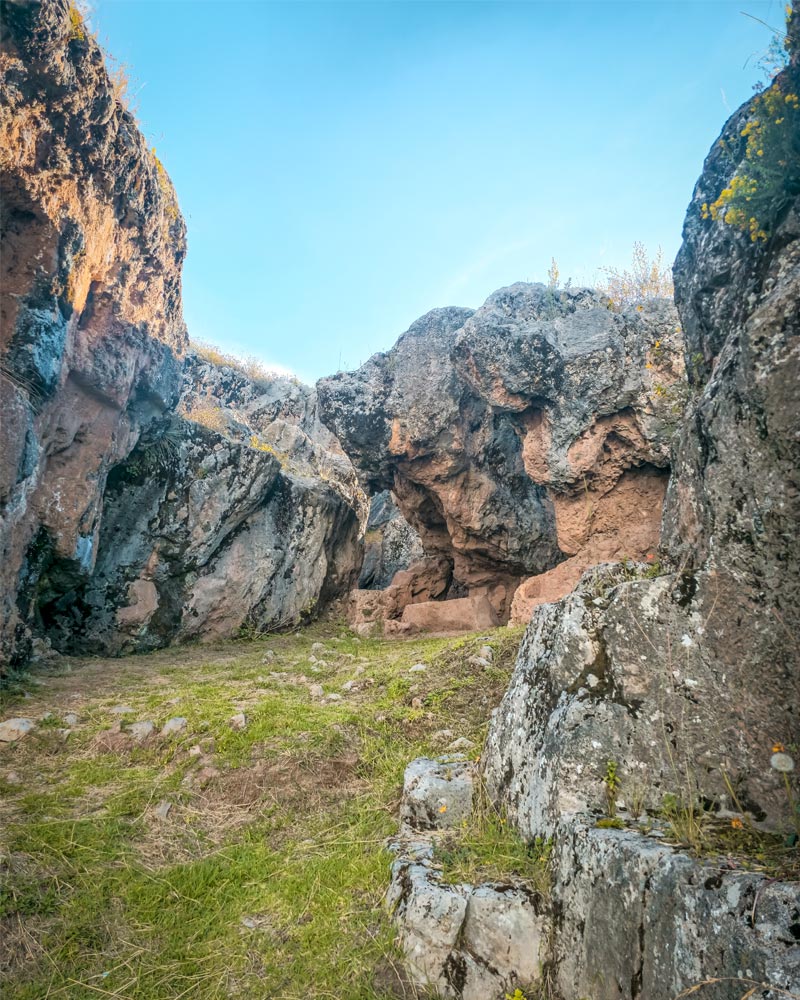
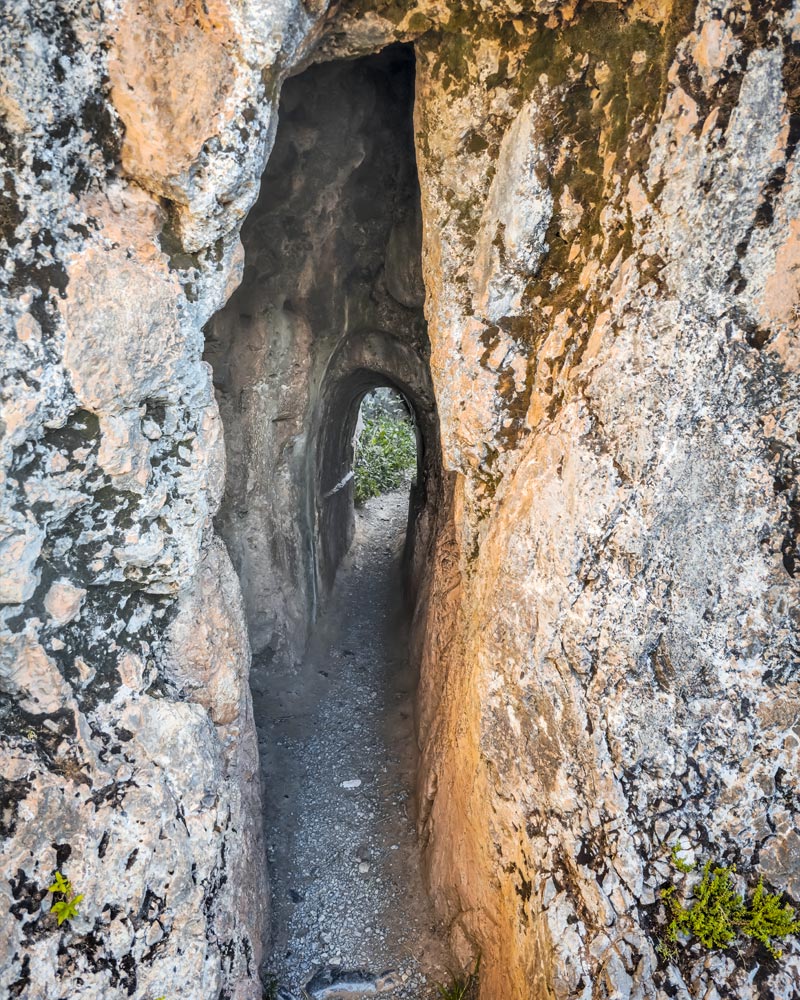
6. The Inca Throne
The Inca likely used this ceremonial seat, carved directly into the living rock, to preside over sacred rituals. Its commanding vantage point overlooks the entire complex, reinforcing its profound symbolic power.
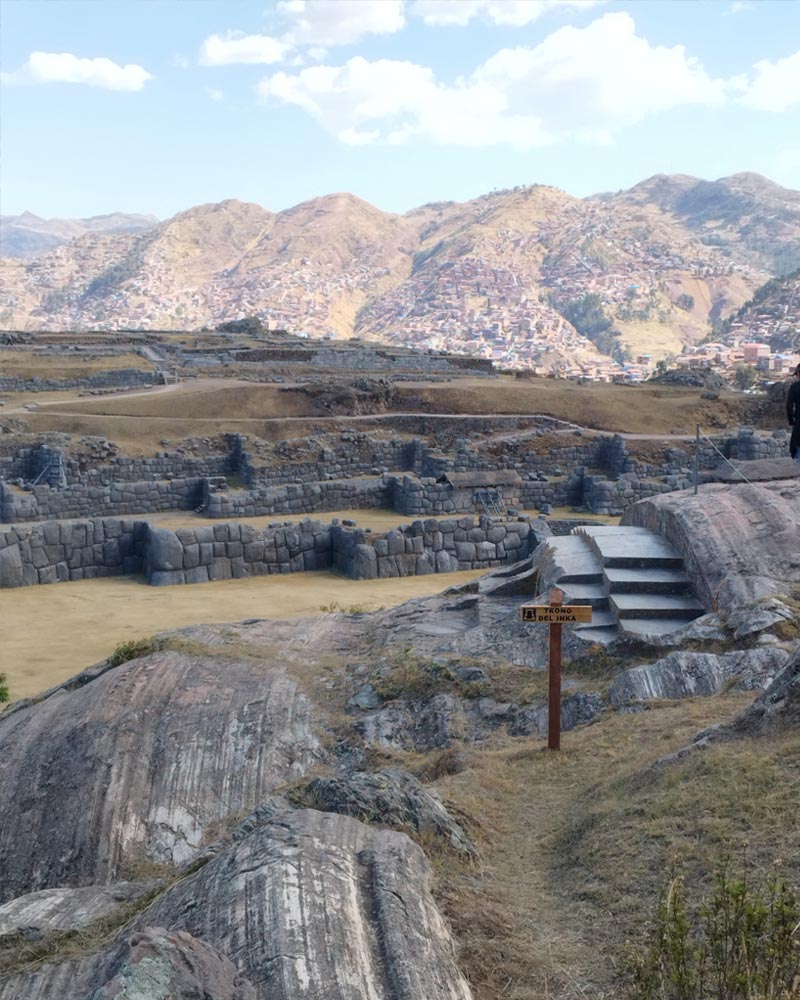
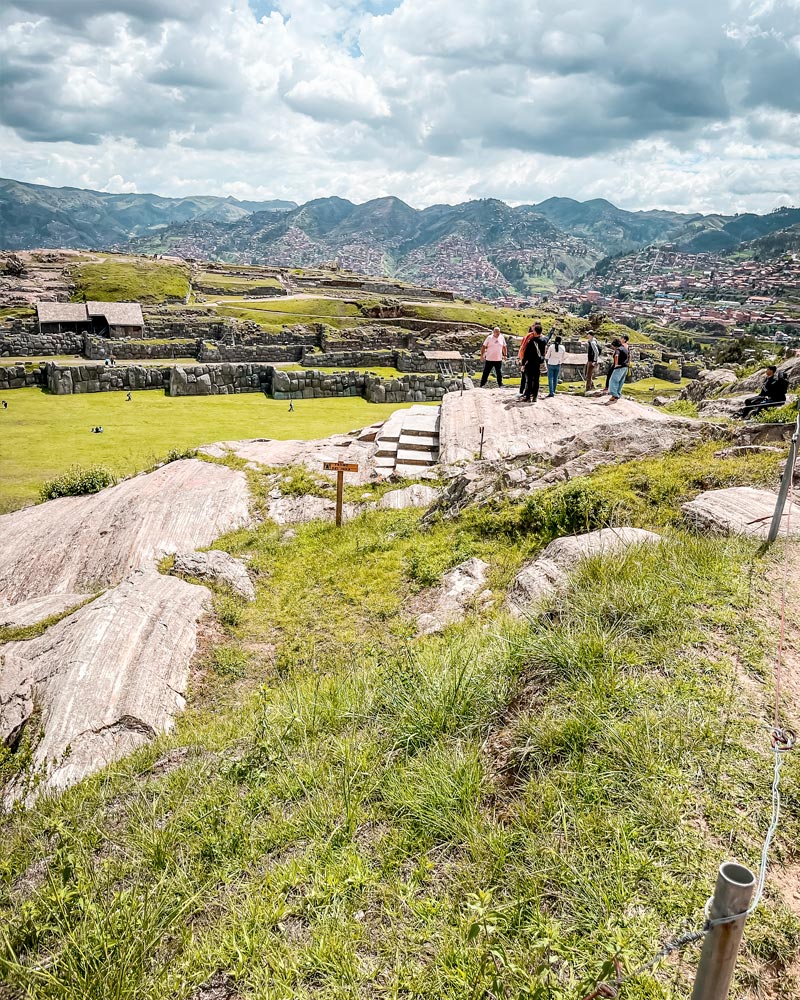
7. Hydraulic Canals and Ritual Fountains
The hydraulic system of Sacsayhuamán stands as a testament to Inca engineering mastery in water management. Meticulously carved stone channels and reservoirs served dual purposes, both utilitarian and sacred, blending practical infrastructure with spiritual significance.
Admission Ticket to Sacsayhuamán
Access to the Inca citadel requires the Cusco Tourist Ticket, available in either a comprehensive or partial pass. Below you’ll find a comparative table featuring updated pricing, visiting hours, and included attractions, helping you select the optimal option based on your travel itinerary.
Tourist Ticket for Foreign Visitors:
| Ticket Type. | Ticket Name. | Price (PEN) | Price (USD) | Validity |
|---|---|---|---|---|
| Full Ticket (Includes Sacsayhuamán + 15 attractions, three circuits) | BTCI (Adult) | S/. 130.00 | $35.00 | 10 days |
| BEE (Student*) | S/. 70.00 | $19.00 | 10 days | |
| Partial Ticket (Circuits I, II, III) | ||||
| Circuit I (City Tour):Sacsayhuamán, Q’enqo, Puca Pucara, Tambomachay | BTCPI (Cusco Tourist Ticket – Partial I) | S/. 70.00 | $19.00 | 1 day |
Tourist Ticket for Peruvian Nationals:
| Ticket Type. | Ticket Name. | Price (PEN) | Price (USD) | Validity |
|---|---|---|---|---|
| Full Ticket (Includes Sacsayhuamán + 15 attractions, three circuits) | BIN (Adult) | S/. 70.00 | $19.00 | 10 days |
| BEN (Student*) | S//. 40.00 | $11.00 | 10 days | |
| Partial Ticket (Circuits I, II, III) | ||||
| Circuito I (City Tour):Sacsayhuamán, Q’enqo, Puca Pucara, Tambomachay. | BTCPS (Cusco Tourist Ticket – Partial I) | S/. 40.00 | $11.00 | 1 day |
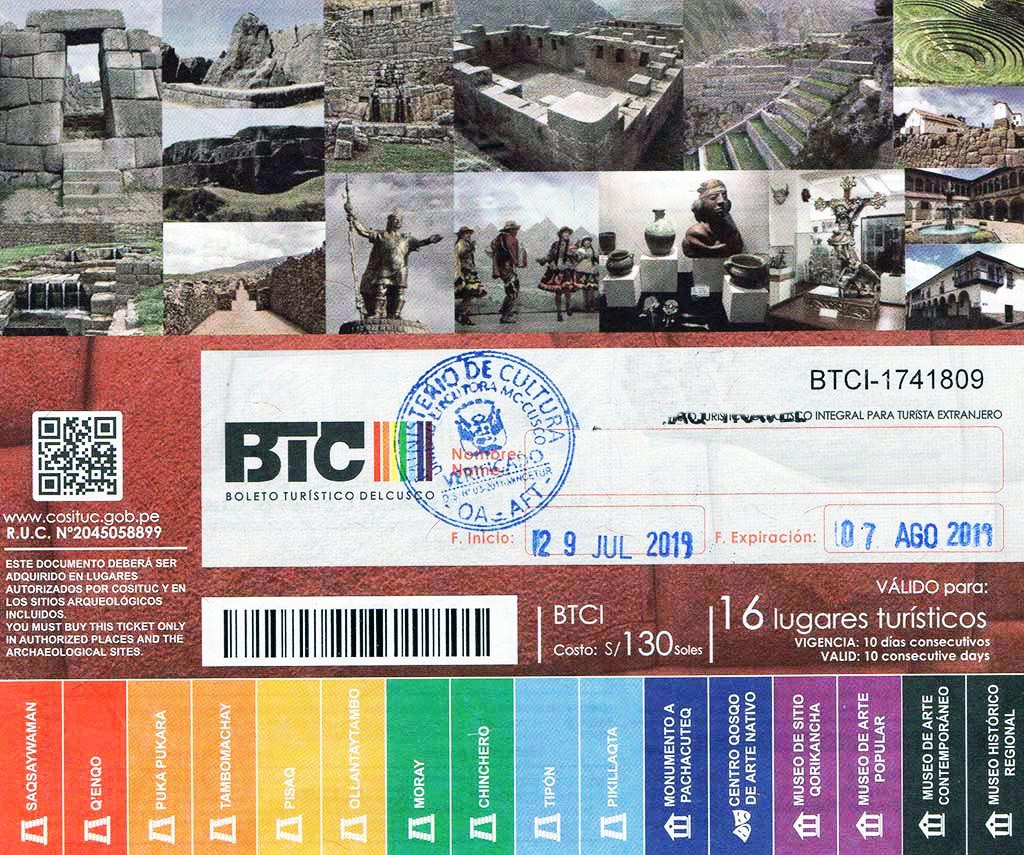
Important Notes:
- *Student Tickets
- Ages 10–17: Only require a valid ID document.
- Ages 18–25: Must present a current student ID or ISIC card.
- Partial Tickets
- Grant access to only one circuit (I, II, or III). This table details Circuit I, which includes Sacsayhuamán. For information on other circuits, see our guide: Cusco Tourist Ticket: What is it? And What is it For? | Complete Guide
- Payment Information
- Dollar prices are approximate and subject to fluctuations in the exchange rate.
- Only Peruvian soles (PEN) are accepted. Payments in USD, cards, or digital payment apps are not permitted.
Where to Purchase Sacsayhuamán Tickets
1. COSITUC Main Office
- Address: 103 Avenida El Sol, Galerías Turísticas, Cusco.
- Opening Hours: Monday to Friday: 8:00 AM – 5:30 PM and Saturday: 9:00 AM – 12:00 PM (noon)
- Available tickets include the General Tourist Ticket (Full Pass) and Partial Ticket – Circuit I, both of which grant admission to Sacsayhuamán.
2. At the Sacsayhuamán Entrance
Tourists can purchase tickets directly at the main gate of the archaeological site. Please note: Only cash payments in Peruvian soles (PEN) are accepted.
Climate at Sacsayhuamán
Sacsayhuamán enjoys a temperate, dry climate with an annual average temperature of 12°C (54°F). The year divides into two distinct seasons:
- Rainy season (November to March): Higher humidity levels and frequent rainfall
- Dry season (April to October): Sunny, warm days and cool nights
These optimal weather conditions make visits particularly pleasant during the dry season, when crystal-clear skies offer unparalleled views of the archaeological complex and surrounding landscapes.
Visiting Hours for Sacsayhuamán
The archaeological site of Sacsayhuamán welcomes visitors daily from 7:00 AM to 6:00 PM.
Festivities at Sacsayhuamán
Sacsayhuamán stands not merely as an architectural marvel of the Inca Empire, but as a living sacred space where profound cultural celebrations continue to honor Cusco’s ancestral legacy. These vibrant traditions draw thousands of domestic and international visitors annually, transforming the ancient stones into a stage for enduring Andean spirituality.
| Date | Celebration | Description | |
|---|---|---|---|
| June 24 | Inti Raymi | The most iconic celebration at Sacsayhuamán, Inti Raymi, is a modern reenactment of the Inca sun worship ceremony honoring Inti, the Sun God. Held annually on June 24th, coinciding with the Southern Hemisphere’s winter solstice. | |
| September (typically 3rd Sunday) | Warachikuy | Performing artists have revived this ancient Inca coming-of-age ritual for young warriors as a cultural performance. Students from the prestigious Sciences School participate in physical and symbolic trials, transforming Sacsayhuamán into a stage for this profound rite of passage. | |
| August 1 | Haywarikuy | During August ceremonies, Sacsayhuamán becomes a sacred space for spiritual communion with nature, through rituals that honor Pachamama, the Mother Earth. These take place at specific sites within the complex, including the Temple of the Moon and near the Cristo Blanco. | |
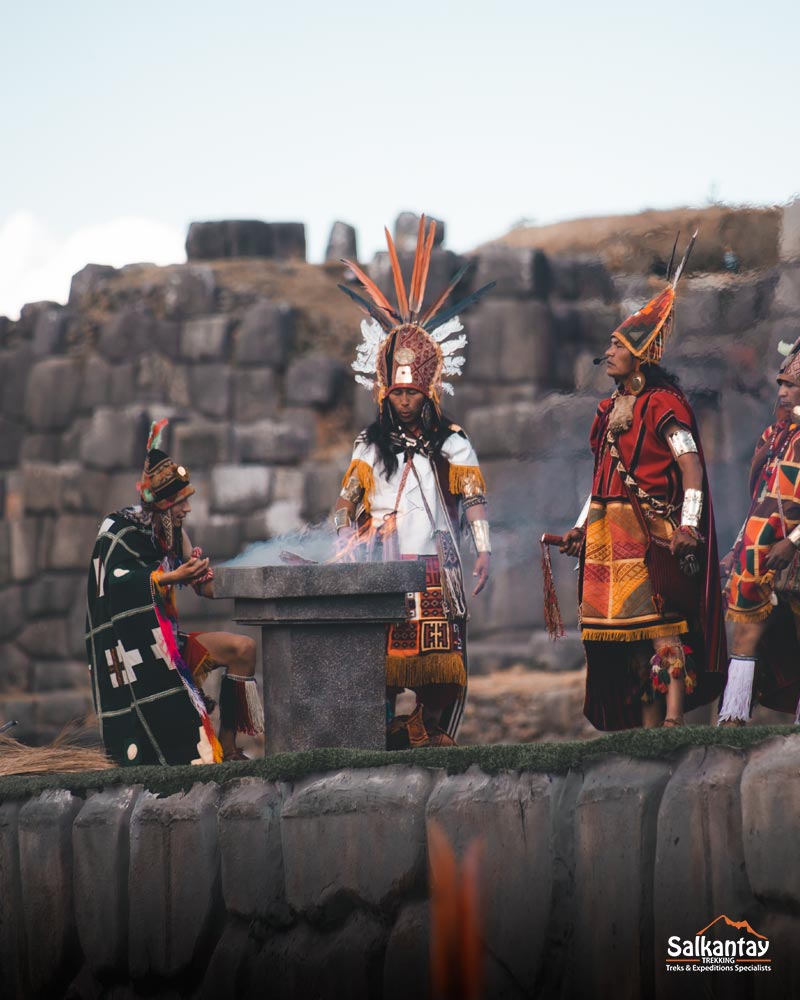

Frequently Asked Questions – Sacsayhuamán
1. Is Sacsayhuamán open year-round?
Yes, the archaeological site remains open daily, except during exceptional circumstances such as natural disasters, major festivals (e.g., Inti Raymi), or regional protests.
2. Is there a separate ticket for Sacsayhuamán?
No, entry is granted exclusively through the Cusco Tourist Ticket, which also includes access to nearby sites like Qenqo, Puca Pucara, and Tambomachay. The General Ticket further provides admission to 15 additional attractions across Cusco, the Sacred Valley, and the Southern Valley.
3. Are tour guides available at Sacsayhuamán?
Yes, tourists can hire licensed guides at the site entrance. Rates vary depending on group size and the duration of the service.
4. What is Sacsayhuamán’s most famous structure?
The monumental zigzagging walls, composed of megalithic stones, are its defining feature. Other highlights include: Cahuide Tower (strategic lookout), Inca Throne (ceremonial seat), and the Suchuna (The Slide) (natural rock formation).
5. What does “Sacsayhuamán” mean?
Derived from Quechua, it translates to “Satisfied Falcon,” honoring the birds of prey native to the region.
6. What activities can visitors enjoy?
Beyond exploring the Inca fortress, visitors can immerse themselves in unforgettable experiences, including:
- Breathtaking panoramic views of Cusco.
- Sunrise and sunset photography sessions in a majestic setting.
- Vibrant cultural festivals, such as Inti Raymi (June), Haywaricuy (August), and Warachikuy (September).
7. What was Sacsayhuamán’s significance to the Incas?
Sacsayhuamán served as the most sacred ceremonial complex of the Inca Empire, functioning both as the primary site for Inti Raymi (the grand Festival of the Sun) and as a strategic military and astronomical center.
8. Can I walk from Cusco to Sacsayhuamán?
Yes, the scenic uphill walk from Plaza de Armas takes approximately 40 minutes via the following route: Ataud Street → Arco Íris Street → Avenida Don Bosco. The path offers progressively stunning views of Cusco’s historic center as you ascend.
9. When is the best time to visit Sacsayhuamán?
The optimal period falls during the dry season, from April to October, particularly on clear, sunny days when visibility is at its peak.
10. Are there organized tours to Sacsayhuamán?
Yes, the most well-known is the ‘Cusco City Tour,’ with prices ranging from $ 50 to $ 90 (depending on the agency and included services).
Conclusion:
Sacsayhuamán is not merely an awe-inspiring Inca fortress but a symbol of engineering brilliance, spirituality, and cultural resilience. From its colossal walls to its enigmatic tunnels, every corner of this archaeological complex holds captivating stories that bridge the past and present. Whether you arrive on foot from Cusco, by taxi, or as part of an organized tour, exploring Sacsayhuamán is an experience no traveler should miss.
If you wish to uncover all its secrets with the convenience of a well-planned itinerary and expert guides, our tours offer the finest way to embark on this adventure.
Be sure to include it in your itinerary and experience the grandeur of the Inca Empire firsthand!

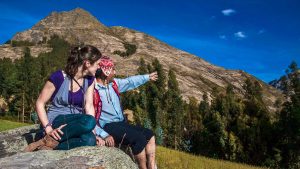
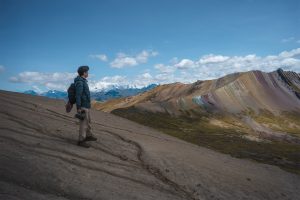
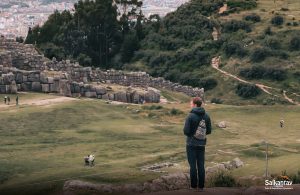
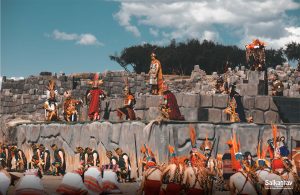

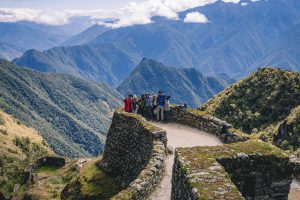

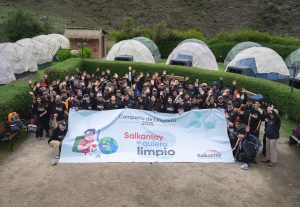

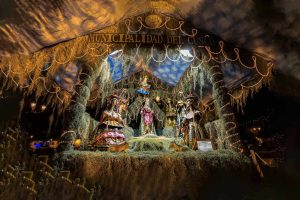
Leave A Reply